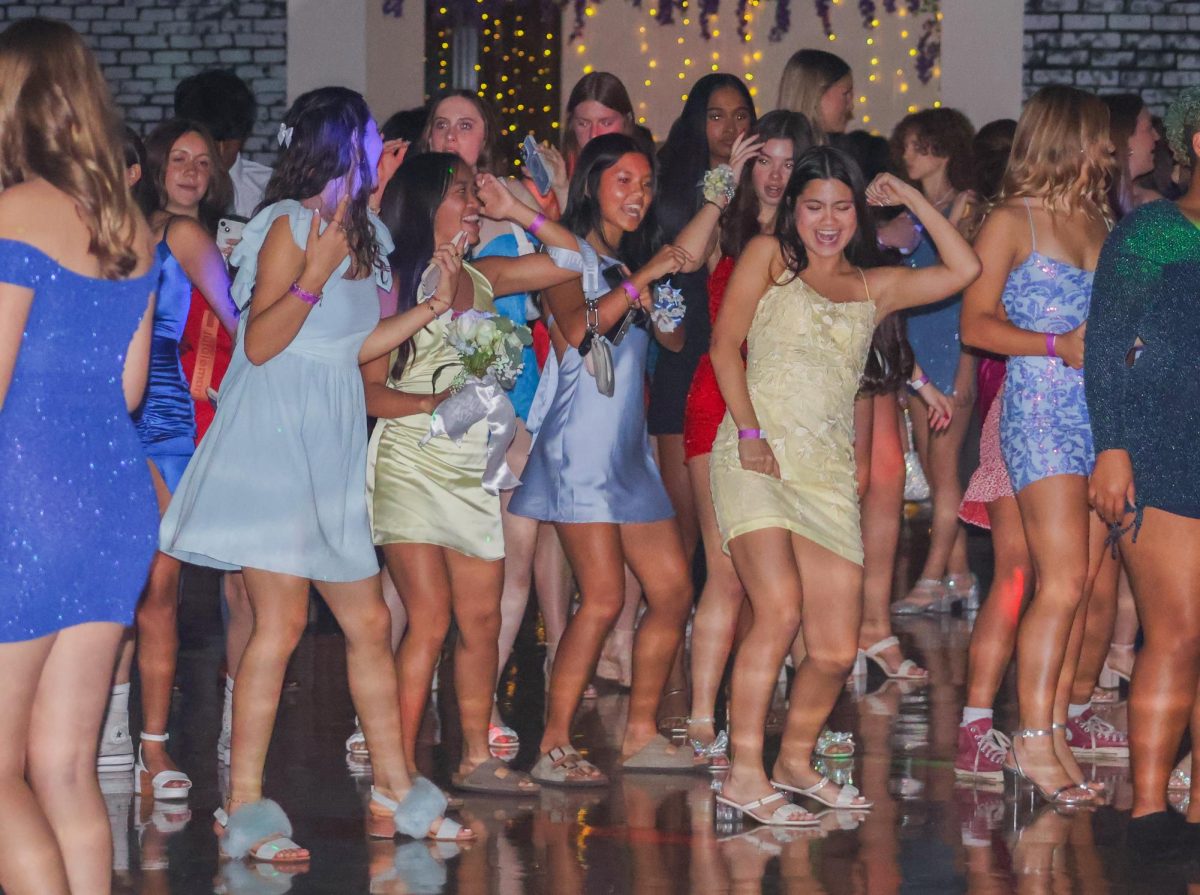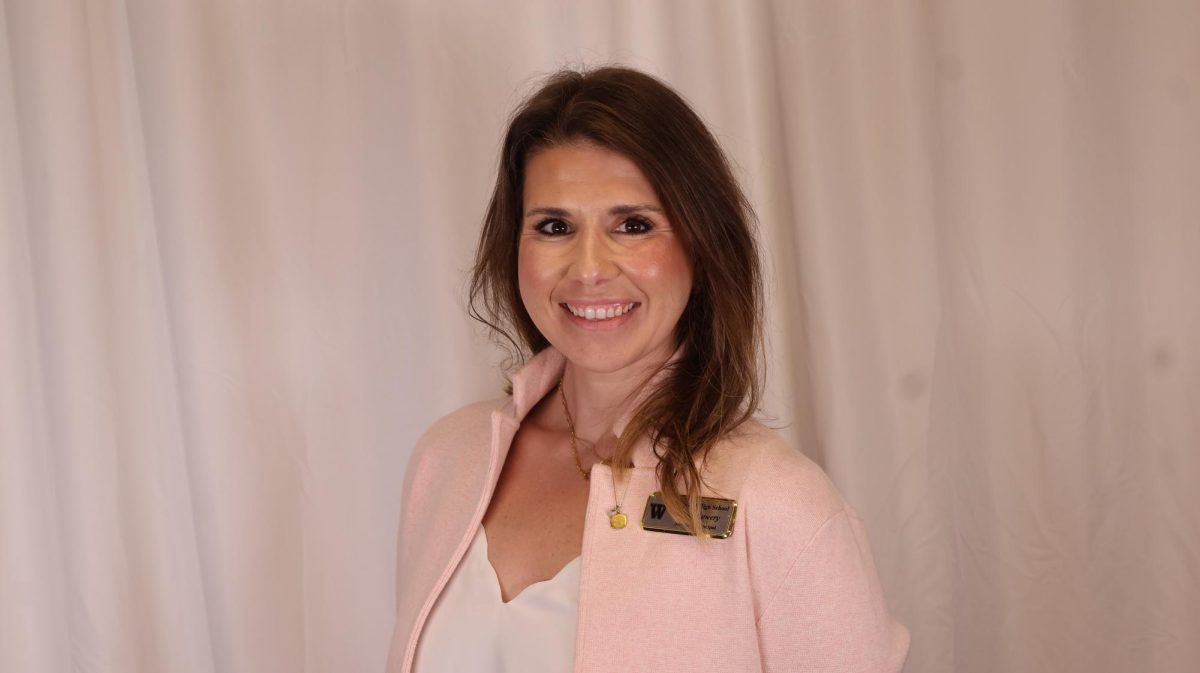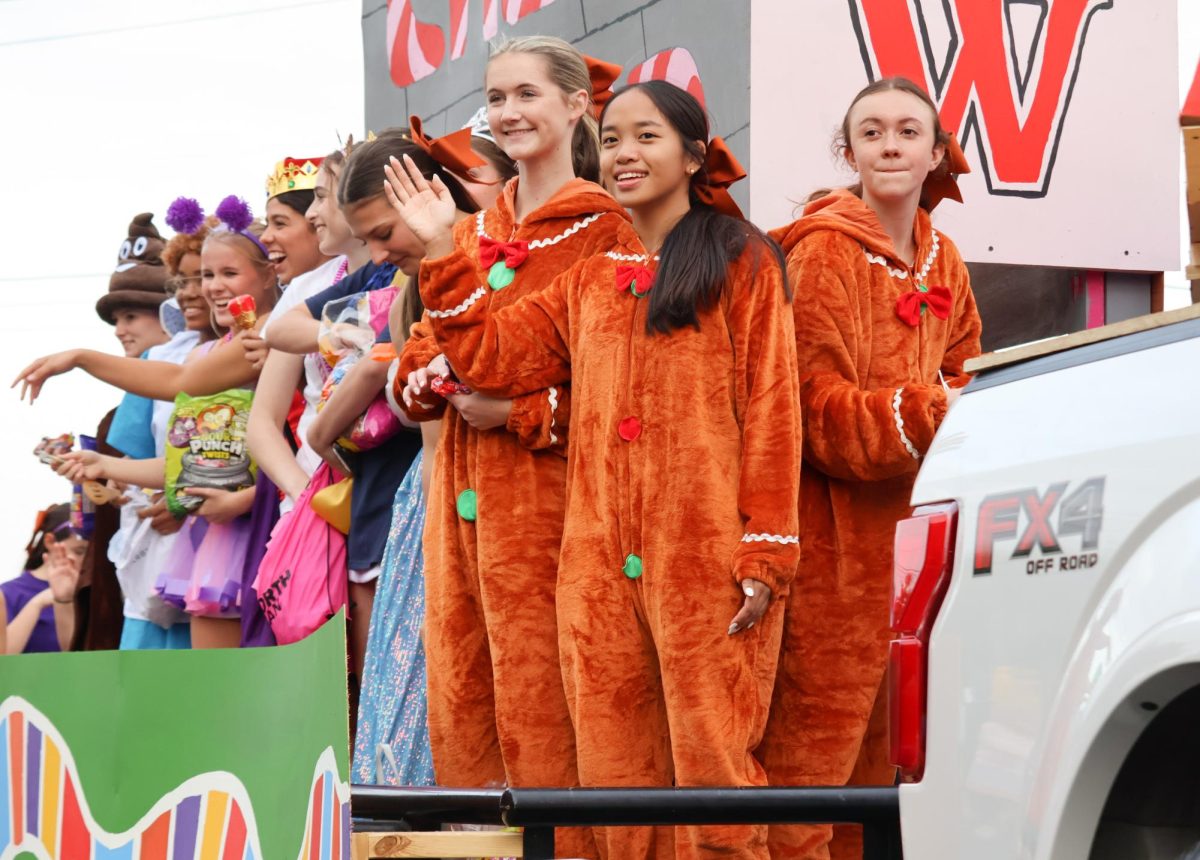Fashion has always been a core aspect rooted in the very heart of human identity. A striking and ever-present symbol, that with all of its mighty fluctuations of global trends and patterns may very well be one of the most elemental portions of the human experience. While some argue that fashion is a rather vain concept that falls back on materialistic items to cover up oneself in efforts to portray idealistic views of themselves, many might argue that it is a means for self-expression, and a way to explore various nuances of culture and community through appearance.
As dynamic global trends shift, these past few years especially have seen a spike in the creation and promotion of cultural apparel. Known to be clothing items that originate from a particular community or tradition, these garments spearhead the incorporation of diversity and inclusivity in the fashion industry. However, cultural appropriation is a concept that proves although on the surface this idea may seem like a step in the right direction, if looked deeper, one’s bound to notice the cracks of the cultural facade put up by many profit-hungry designers. Cultural appropriation is a rapidly growing, yet heavily underlooked issue, one that although may seem new in nature, has in reality been rooted in the fashion industry for many years.
Cultural appropriation, by definition, is to take certain motifs or styles of a particular culture and utilize it in ways that often don’t give credit to the origin, or are stereotypical or racist in some form. As America attempts to take on the role of leading the world in a society in which anyone and everyone can find a home, regardless of their race, religion, gender, or class, the emphasis on diversity only reinforces itself in the many facets of popular culture.
Finding a valuable opportunity in reflecting and catching on to current societal trends, cultural appropriation rates are rampant among many white and Euro-centric designers that take the styles of minority cultures and underrepresented styles to pass them off as their own. For example, French luxury brand Dior faced controversy for copying a Chinese dress style known as qipao, while Italian fashion brand Gucci was criticized for commercializing Sikh turbans, which is insensitive to their deep religious significance.
Cultural appropriation sends widespread messages of projecting a generalized cultural look derived from vast, complex heritages, which only reiterates racial stereotypes and degrades the culture’s creative complexity in the eyes of the public. Especially in the context of the time and place that we live in, our so-called diverse nation and its booming fashion industry leaves a lot to be desired in terms of true inclusivity.
To add yet more fuel to the fire, controversy regarding the nature of cultural appropriation, in the fashion industry in particular, has brought up the question of what the introduction of traditional styles in a widespread market truly encompasses. The answer lies in the question itself. By tossing warped and uneducated representations of traditional pieces in a modern, commercialized market, instead of promoting creativity- which in reality is merely producing a flawed copy- cultural apparel cheapens and places a price tag on ancient heritage.
Although a significant portion of cultural appropriation occurs from the drastic modification of sacred traditional regalia, some forms of cultural appropriation stem from the deep history and ideologies of a particular heritage group. For example, one of the most controversial cultural garments is the traditional and historically revered Native American headdress, the warbonnet. The issue wasn’t just the warping of supposed inspirational pieces of ancient wear, but rather the lack of sensitivity to the generationally passed down tale that attributes itself to the historic headdress. According to Native American culture, headdresses are bestowed upon only those who the chieftains and tribes deemed worthy, and were customarily worn to showcase a status or certain role in society. It’s only justified that the unauthorized donning of authentic or imitated headdresses by the general public, especially as a fashion statement or accessory to one’s physical appearance, be deemed offensive or disrespectful to those of Native American heritage.
As the most prevalent group subject to cultural appropriation, Indigenous peoples and Native American heritage often face overwhelming attention in regards to their misrepresented cultural garments. Their true styles and symbolism are nearly never authentically reflected- even in a commercialized setting with ethical rules and boundaries. A fine line exists between inspiration, even one that offers no credit, and the distortion of sacred, historical pieces of clothing. Oftentimes, when the latter occurs, the cultural connotations may be warped, but strong racial connotations often shine through, reinforcing harmful stereotypes and particular culture perception. A widely known and recognized example of this is Pocahontas, a woman of rich and vibrant Indigenous culture, reduced to just a pretty face and scraps of earthy cloth to be classified as Indigenous wear.
However, the question of whether something is classified as cultural appropriation if one chooses to dress up as a film or television character of a different race has been at the head of numerous discussions. While it’s satisfying to see society take the next step in achieving true inclusivity by questioning the extents of cultural appropriation, in this particular instance, rather than fueling stereotypical or racist viewpoints, the donning of established character’s costumes can instead be a point of integration and celebration for underrepresented groups. For example, children dressing up as Moana for Halloween has been a high point of controversy, though in reality it represents the awe and respect that the youth generation contain towards their fictional role models of varying cultures. Additionally, established costumes themselves don’t involve actively creating pieces and attempting to turn culturally-originated styles into trends in order to make a profit- which excludes them from being attributed to the term of cultural appropriation.
Though patterns of cultural appropriation are embedded throughout the history of fashion, emerging perspectives and ideals help another concept gain traction. Cultural appreciation is starting to become more prevalent in dynamic and inquiring societies, with artisans from various cultural backgrounds and communities being showcased for their incorporation of unique styles and accents into their designs, instead of having their culture warped without regard for its significance
As social movements, such as Black Lives Matter, raise awareness about racism and cultural sensitivity, the bold and distinct cultural apparel of these underrepresented designers not only gain popularity, but bring various cultures to be more thoughtfully appreciated and respected. Cultural appropriation has always been a dominant factor in the fluctuating trends and styles of the fashion industry, but in efforts to live up to a truly inclusive society, many creative individuals have taken steps to showcase their real culture in a way that it can be respected and celebrated. As fashion trends continue to change with society, it’s important to remember the purpose of fashion in the first place- to champion a society and a means for self-expression- not as yet another place for inequality and insensitivity to foster.



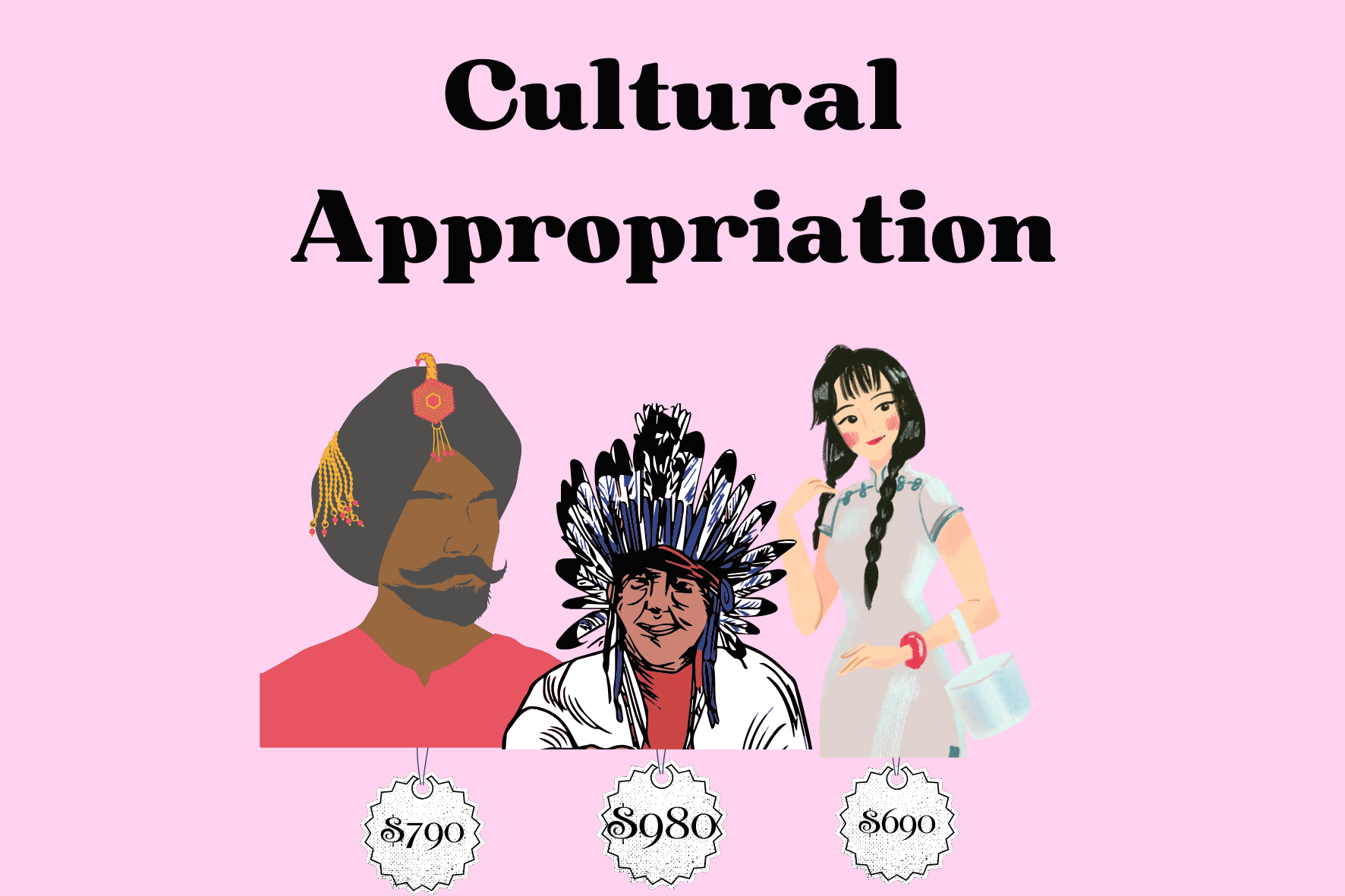





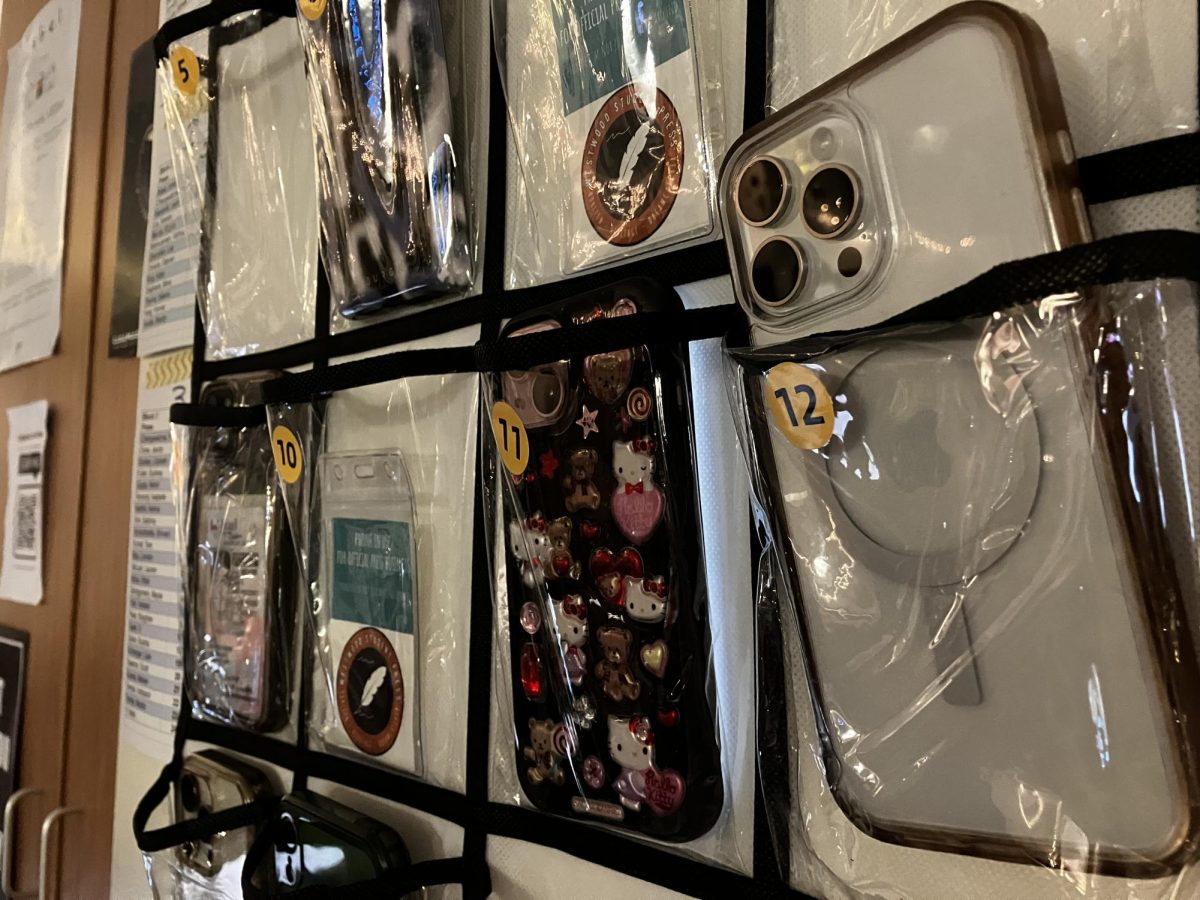
![In one of the newly made garden beds, Christopher Li '25 sets a plant in the soil. He collected a variety of plants and seeds to include in the garden. "I also collected [a lot of the seeds I sowed] outside in neighborhoods, parks, and sometimes on the side of the road," Li said.](https://westwoodhorizon.com/wp-content/uploads/2024/10/DSC_0037-1200x795.jpg)

